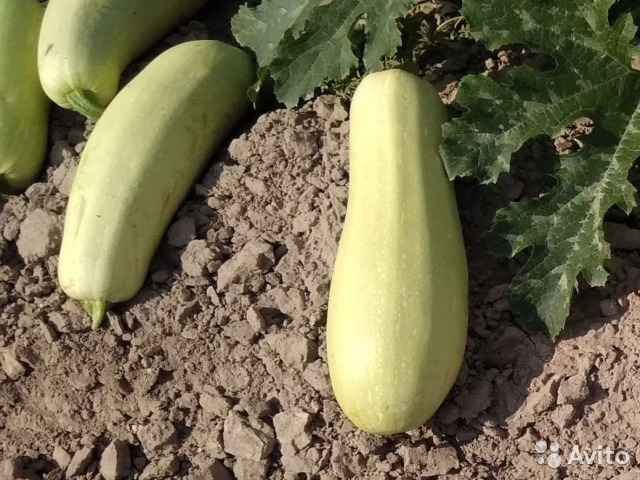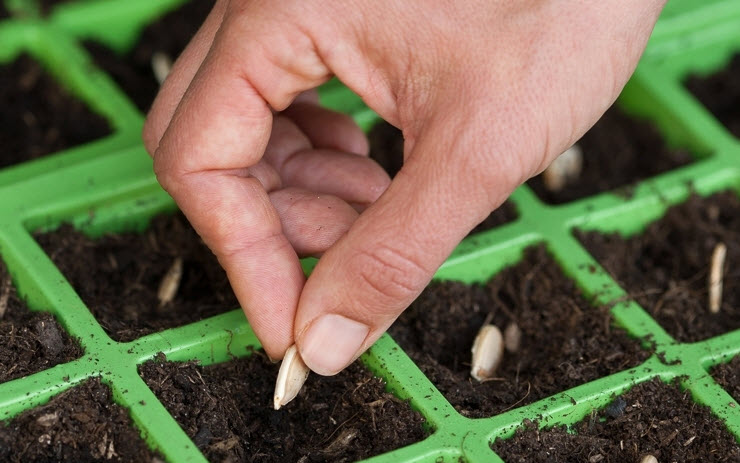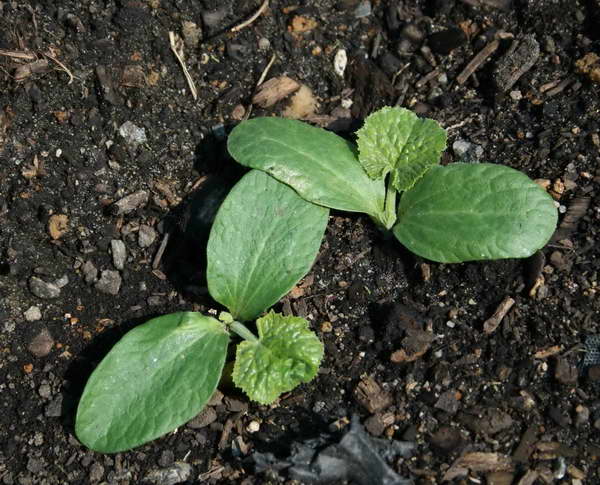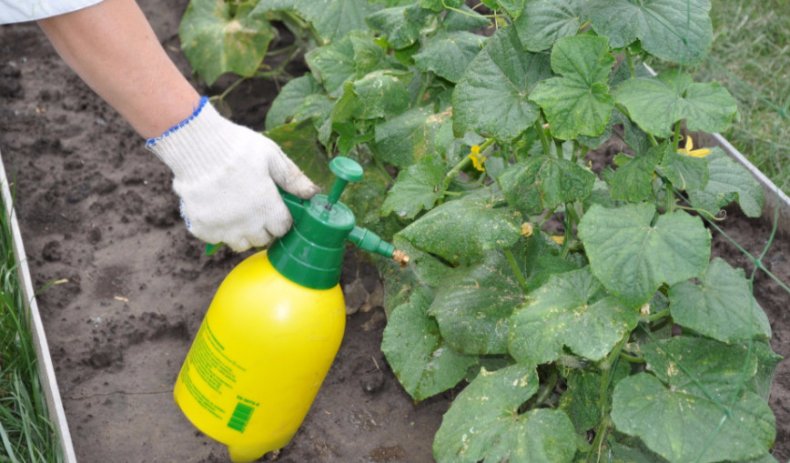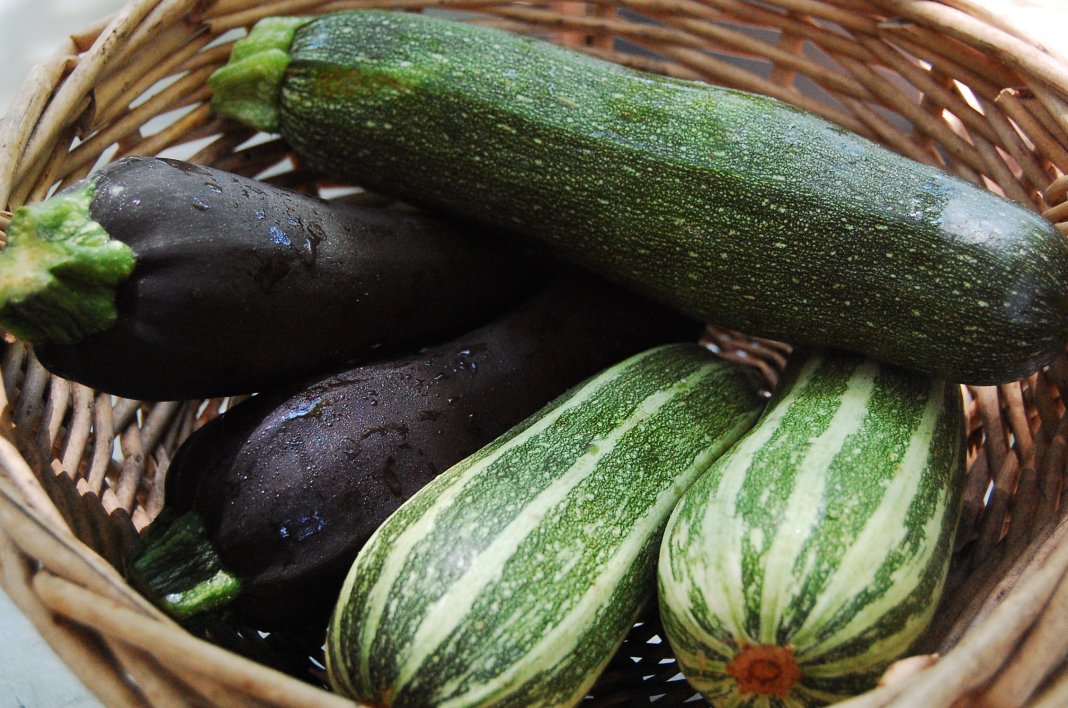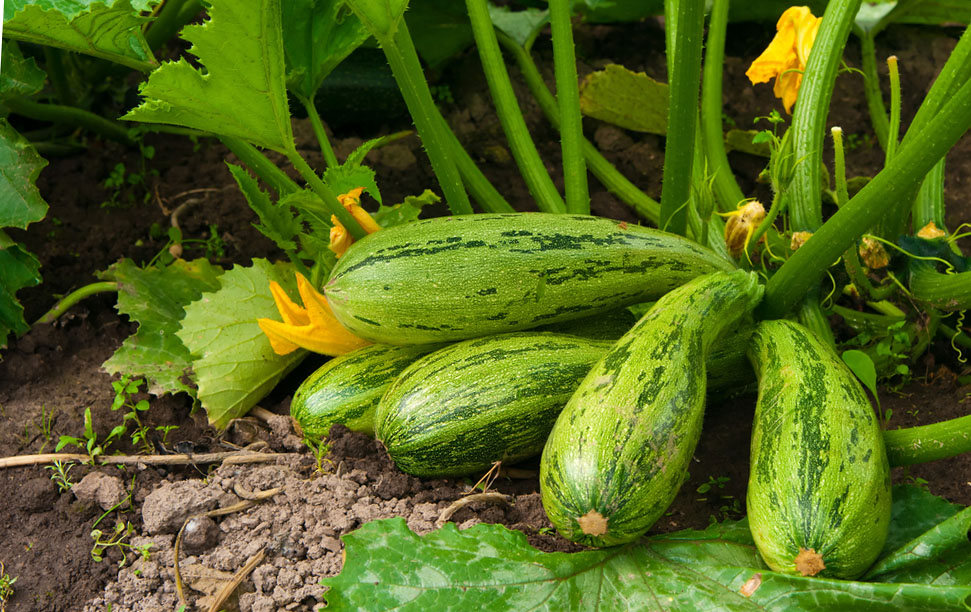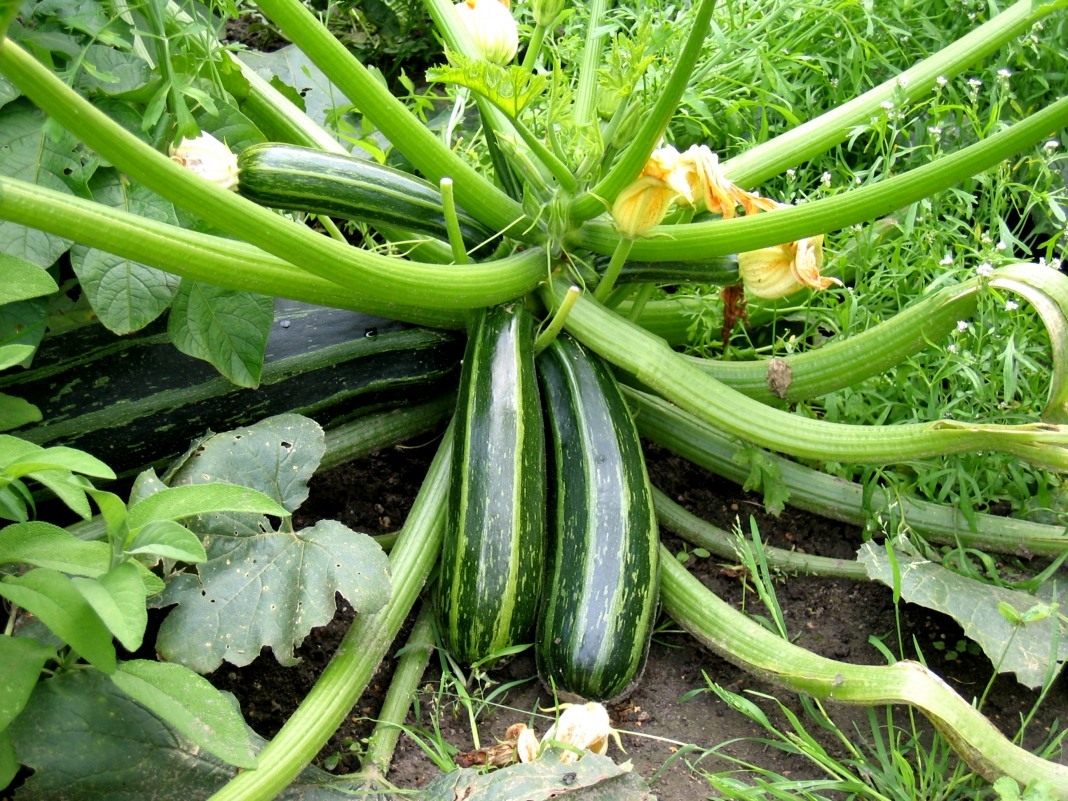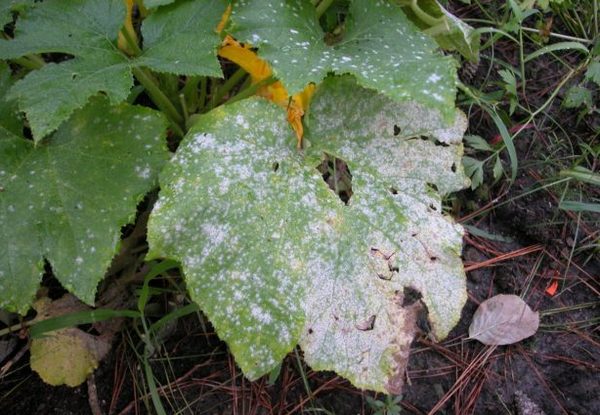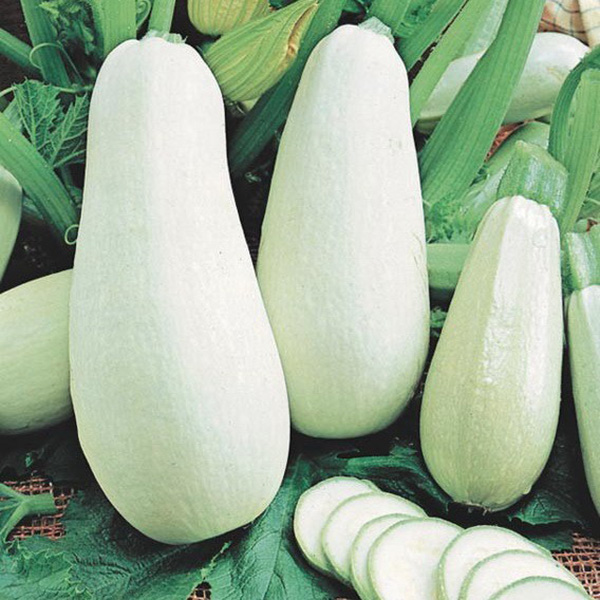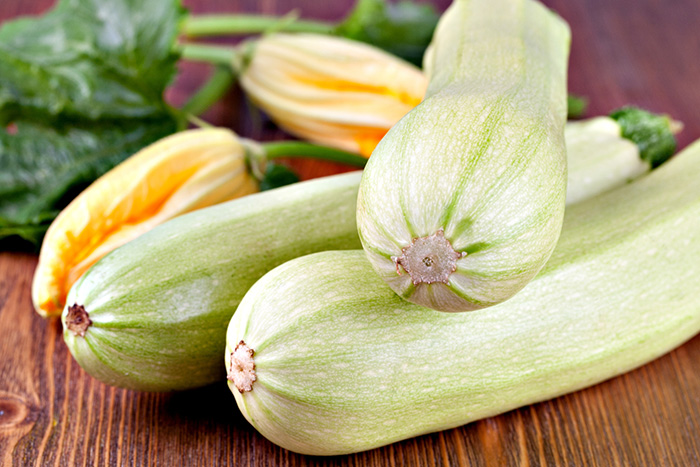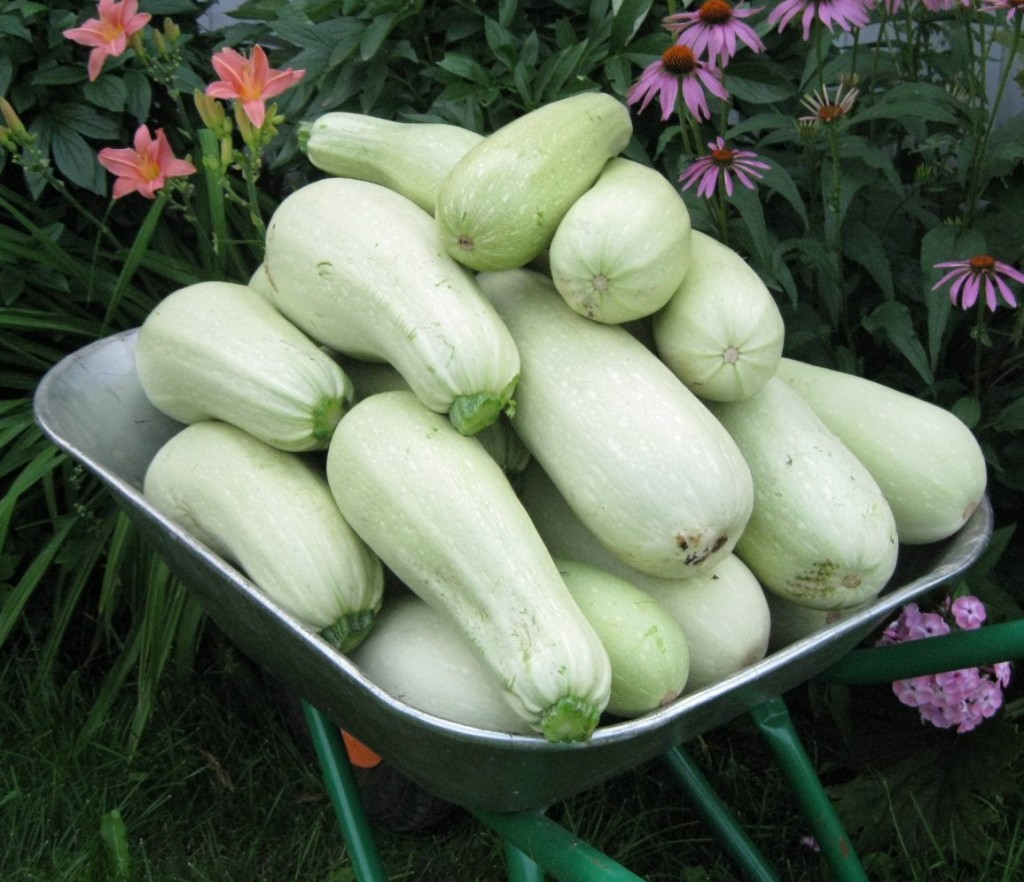When choosing a variety or a hybrid of zucchini, the gardener pays attention to the combination of the main properties: yield, undemanding care and pleasant taste of the vegetable. All these qualities are perfectly combined by the Aral marrow, which stands out noticeably against the background of other pumpkin subspecies.
Characteristic features of the variety
This type of culture belongs to the early maturing species, which are intended both for fresh consumption and further processing. The first harvest is harvested 30-35 days after germination. According to gardeners, the culture of this species has excellent taste, which persists for a long period.
During the growing season, the plant forms compact semi-open bushes, which greatly facilitates the harvesting process. Aral zucchini at the stage of technical maturity have a light green tint and are distinguished by a cylindrical shape with a slightly ribbed surface. Fruits reach 4-5 cm in diameter and 12-17 cm in length, depending on the timing of harvest. The weight of one zucchini reaches 0.5-0.8 kg. The pulp of the fruit has a dense, delicate texture, regardless of the ripening stage of the zucchini.
Subject to the necessary rules of agricultural technology, the yield of the variety reaches up to 10 kg per 1 sq. m area. Moreover, the ripened Aral zucchini are able to retain their marketable properties for 4 months or more. This type of culture is characterized by stable fruiting for 2 months.
The collection of Aral zucchini must be carried out at least 2 times a week, since untimely harvesting significantly reduces the productivity of the bushes, prevents the formation of a new ovary.
Pulp composition:
- water - 95%;
- protein - 0.6%;
- fats - 0.13%
- dry matter 4.6 - 5.4%;
- sugar - 2.7 - 3.1%.
Aral zucchini are distinguished by their relative resistance to powdery mildew, white rot and anthracnose, which eliminates the need for processing. In addition, this species is able to form fruits under low temperature conditions, which guarantees stability and uniformity of the crop throughout the season.
Growing rules
Zucchini of this variety, like all subspecies of pumpkin crops, prefer to grow in open sunny areas. In the absence of a sufficient amount of light, the bushes turn out to be elongated and enter fruiting much later, and the number of fruits is significantly reduced.
Planting seeds can be carried out directly in open ground - at the end of May, as well as for seedlings - at the end of April, which will allow you to get the first fruits much earlier than expected. For successful seed germination, it is necessary that the soil temperature is at least 12-14 degrees at a depth of 10 cm.
Aral zucchini prefer fertile neutral soil, therefore, in case of increased acidity, the site should be limed in advance. The best option for the Aral zucchini is loam and sandy soil.
Planting depth is 5-6 cm from the soil surface. The planting density should not exceed 1.5 plants per 1 sq. m, the optimal pattern is 70 × 140 cm. It is recommended to put 2-3 seeds in each hole, and remove weak shoots after germination.
Despite the unpretentiousness of the culture, the Aral zucchini need special care at the initial stage of the growing season.
- After the emergence of seedlings, it is necessary to ensure that the soil does not dry out, since the lack of moisture can significantly slow down the growth and development of seedlings. The water temperature for irrigation should be at least 20 degrees, which will avoid root rot.
- Weeding should be carried out as needed and sprouted weeds should be removed, and it is also recommended to loosen the soil at the base of the seedling to improve air permeability to the roots.
- At the beginning of the formation of the bush, the plant should be fed with fertilizers with a high nitrogen content, and at the beginning of flowering, preference should be given to fertilizing with a predominance of phosphorus and potassium.
- In the growth stage of the 5th leaf, each bush should be spud, as an additional layer of soil stimulates the development of the root system and thereby allows the plant to strengthen.
- If the leaves are overgrown, it is recommended to partially remove them to improve access to light and permeability for pollinating insects.
- In the event of a hot summer, the problem with regular watering can be solved by mulching the soil around the bushes. For this, it is recommended to use straw, peat or humus.
It is possible to improve flowering and increase the immunity of plants by spraying sheets with boric acid, but the procedure should be carried out with already well-formed bushes.
Harvest
Harvesting should be done throughout the season as the fruit ripens. At the same time, Aral zucchini, which do not exceed 15 cm in length, are distinguished by excellent taste, which allows them to be used for fresh salads.
It is recommended to harvest the fruits with a knife, cutting them off at an acute angle at a distance of 4-5 cm from the base. Do not twist or pluck the zucchini with your hands; this can damage the entire bush.
Successful storage of Aral zucchini depends on compliance with certain rules:
- it is necessary to pluck the fruits when a hard skin is formed, which, when tapped, emits a dull sound;
- the room for long-term storage must be dry and cool;
- zucchini for winter storage is recommended to collect shortly before the first frost.
Advantages and disadvantages
Aral zucchini have their own advantages and disadvantages in comparison with other types of culture. To make the final choice in favor of this variety, you should familiarize yourself with its main characteristics.
- The variety is early maturing, allowing for the first harvest in 5 weeks.
- The culture is distinguished by a friendly return of fruits with minimal care.
- The versatility of use and the high content of vitamins and nutrients in the fruits allows the use of Aral zucchini both in fresh and processed form.
- In the process of growing, the plant does not need a special bush formation.
- The crop is suitable for cultivation both on an industrial scale and in private plots.
- Relative resistance to viruses allows no additional treatment with fungicides.
- The fruits have a uniform presentation, which makes it possible to grow the variety for further sale.
The disadvantages of the variety include susceptibility to insufficient moisture in the soil, this significantly slows down the growth of seedlings. And also with a lack of light and thickened plantings, fruits can lose their taste.
Zucchini of the Aral variety are capable of producing a good harvest with minimal care, which allows you not to spend a lot of effort and energy to obtain the desired result.And the taste of the fruit, which is preserved throughout the season, makes it possible to widely use this type of culture.

